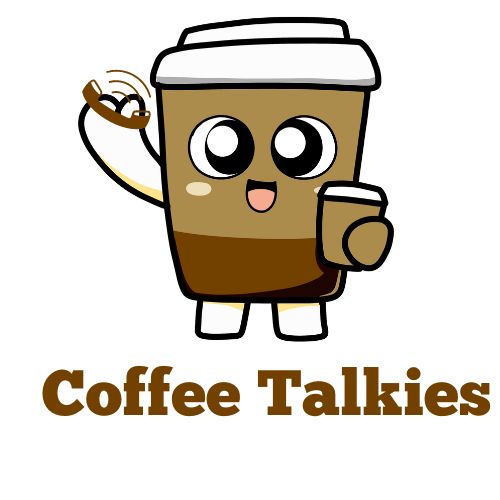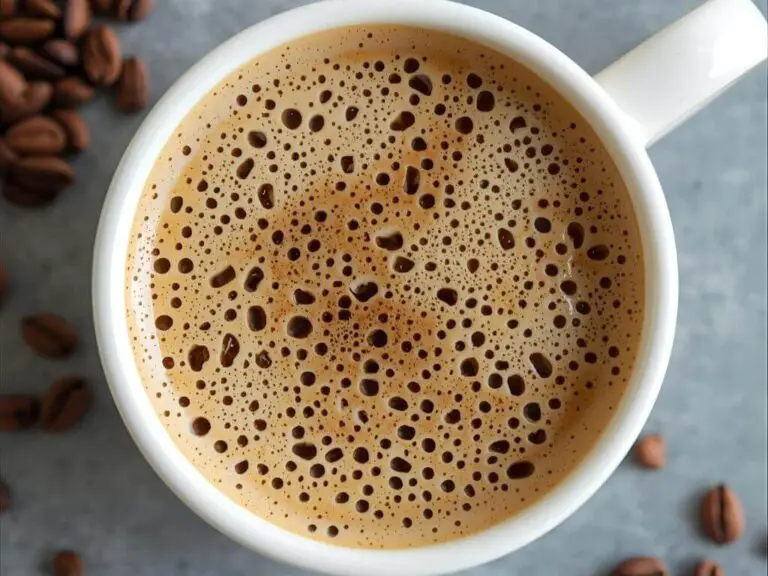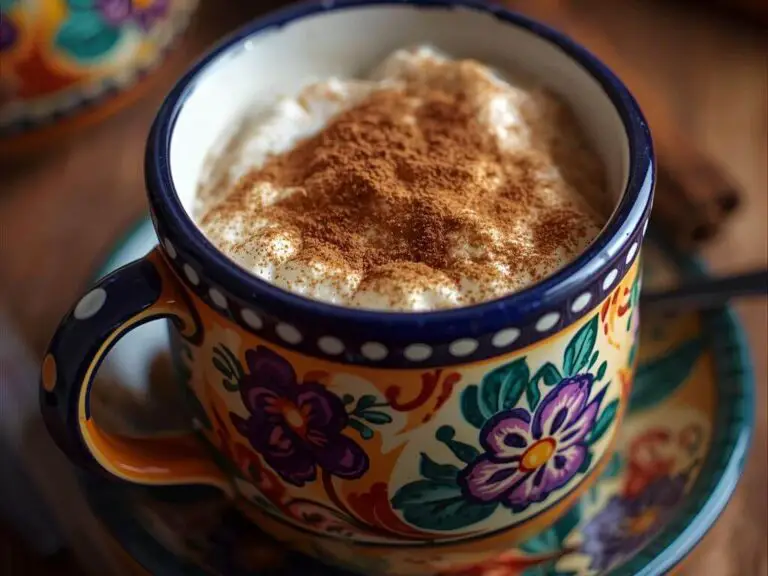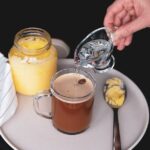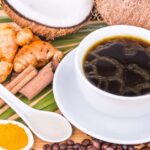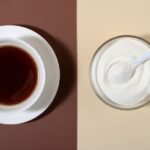How Much Caffeine in Decaf Espresso Really?
Have you ever sipped a decaf espresso and wondered, “Is this really caffeine-free?” Many people assume that “decaf” means zero caffeine, but that’s not entirely true. If you’re curious about how much caffeine in decaf espresso, you’re not alone!
Decaf espresso is a favorite for coffee lovers who want that rich espresso flavor without the intense caffeine kick. Whether it’s for a late-night treat, health reasons, or simply reducing your daily caffeine intake, understanding what’s really in your cup can help you make smarter coffee choices.
In this article, we’ll uncover:
- What decaf espresso really is 🍫
- How much caffeine it actually contains ⚡
- Factors that influence caffeine levels in decaf
- Tips to enjoy espresso with minimal caffeine
By the end, you’ll know exactly what’s hiding in your decaf shot and how to enjoy it guilt-free!
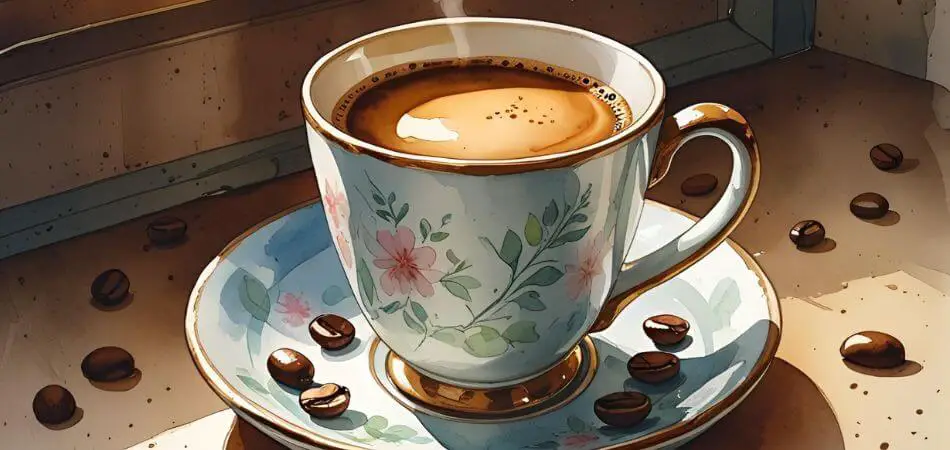
What Is Decaf Espresso? ☕✨
Decaf espresso is essentially espresso made from coffee beans that have had most of their caffeine removed. But don’t be fooled—it’s not completely caffeine-free. Many coffee lovers choose decaf because they want the rich, bold flavor of espresso without the intense jolt of caffeine.
How Decaf Espresso Differs from Regular Espresso
| Feature | Regular Espresso | Decaf Espresso |
|---|---|---|
| Caffeine per shot | 60–75 mg | 2–15 mg |
| Bean type | Any coffee beans | Same beans, decaffeinated |
| Flavor | Bold, strong | Similar, slightly smoother |
| Best for | Morning or energy boost | Late-night or sensitive to caffeine |
How Decaf Espresso Is Made 🌱
There are several decaffeination methods, each removing caffeine in a slightly different way:
- Swiss Water Process – Uses water and osmosis to naturally remove caffeine. 🌊
- Chemical Solvent Method – Uses solvents like methylene chloride or ethyl acetate. 🧪
- CO₂ Method – Uses carbon dioxide to extract caffeine under high pressure. 💨
Each method keeps most of the espresso flavor intact, but a tiny amount of caffeine always remains—this is why decaf doesn’t mean zero caffeine.
Common Myths About Decaf Espresso ❌
- Myth 1: Decaf has zero caffeine.
- Myth 2: Decaf tastes weak or bland.
- Myth 3: Decaf isn’t “real” coffee.
In reality, decaf espresso gives you the espresso experience, just with a lighter caffeine load.

Does Decaf Mean 100% Caffeine-Free? ❌☕
One of the biggest myths about decaf espresso is that it contains no caffeine at all. In reality, decaf still has a small amount of caffeine—just much less than regular espresso.
Why Decaf Isn’t Completely Caffeine-Free
Even after decaffeination, trace amounts of caffeine remain in the beans. Here’s why:
- Caffeine is naturally embedded in coffee beans, and no process can remove 100% of it.
- Decaffeination methods remove most, but not all, caffeine. Even Swiss Water or CO₂ methods leave tiny amounts behind.
- Regulations allow some caffeine in decaf:
- FDA (USA): up to 3% of the original caffeine can remain.
- EU: similar regulations apply for labeling decaf coffee.
Think of it like “sugar-free” gum—it’s not completely sugar-free, just low enough to be labeled that way. 🍬
Key Takeaway ✅
- Decaf espresso is low-caffeine, not zero-caffeine.
- If you’re highly sensitive to caffeine, even small amounts may have an effect.
- For most people, decaf provides the espresso flavor without the strong caffeine kick.
How Much Caffeine Is in a Shot of Decaf Espresso? ⚡☕
If you’ve ever wondered how much caffeine in decaf espresso, here’s the answer: a single shot typically contains 2–15 mg of caffeine. That’s significantly less than a regular espresso shot, which averages 60–75 mg.
Caffeine Comparison Table 📊
| Coffee Type | Average Caffeine per Serving |
|---|---|
| Decaf Espresso | 2–15 mg |
| Regular Espresso | 60–75 mg |
| Regular Brewed Coffee | 95–120 mg |
| Decaf Brewed Coffee | 2–12 mg |
As you can see, decaf espresso drastically reduces caffeine while still delivering the rich espresso flavor you love.
Factors That Affect Caffeine Levels ⚙️
Several things can influence the exact caffeine content in your decaf shot:
- Coffee Bean Variety:
- Arabica beans → naturally lower caffeine
- Robusta beans → higher caffeine content
- Decaffeination Method:
- Swiss Water, CO₂, or chemical methods can slightly vary in how much caffeine they remove.
- Roast Level:
- Light roast → slightly more caffeine
- Dark roast → slightly less caffeine
- Brewing Method:
- Espresso extraction vs. lungo or ristretto can change caffeine concentration.
✅ Tip: Even with these variations, decaf espresso remains a low-caffeine option perfect for late-night sips or sensitive coffee lovers.
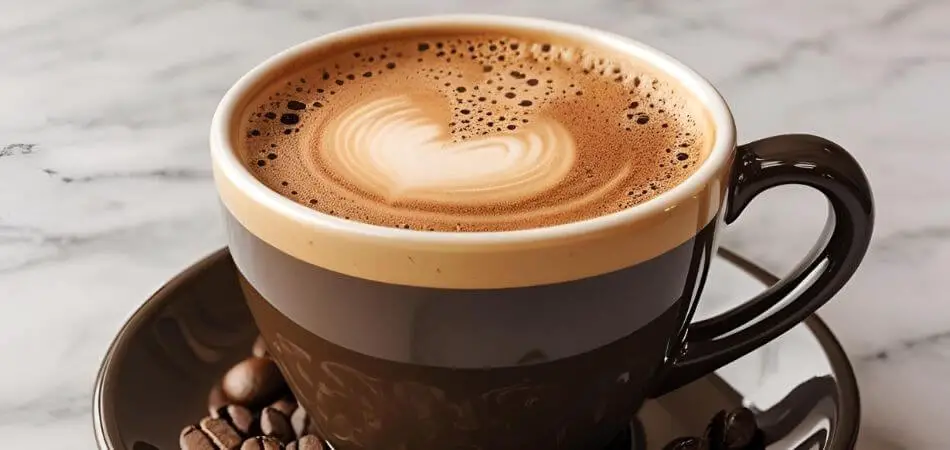
Health Perspective: Who Should Choose Decaf Espresso? 💚☕
Decaf espresso is more than just a flavor choice—it’s a health-conscious option for many coffee lovers. If you’re wondering whether you should switch to decaf, here’s who benefits most:
Ideal for People Sensitive to Caffeine ⚡
Some individuals feel jittery, anxious, or have trouble sleeping after consuming caffeine. Decaf espresso provides the rich espresso taste without overloading your system.
- Insomnia sufferers – Enjoy coffee without disturbing your sleep.
- People with anxiety – Reduce caffeine-induced nervousness.
- Pregnant women – Many health experts recommend limiting caffeine during pregnancy.
Perfect for Late-Night Coffee Lovers 🌙
Love the taste of espresso but don’t want to stay awake all night? Decaf espresso is your best friend for evening indulgence.
For Those Reducing Daily Caffeine Intake 🏃♂️
Decaf is a great tool if you’re trying to cut back gradually on your daily caffeine while still enjoying the espresso ritual.
How Much Caffeine Is Considered Safe Daily? ✅
- Most adults can safely consume up to 400 mg of caffeine per day.
- Switching to decaf espresso can help you stay well below this limit if you drink multiple cups.
💡 Quick Tip: Even decaf isn’t completely caffeine-free, so if you’re extremely sensitive, enjoy decaf in moderation.
Practical Tips for Reducing Caffeine in Your Espresso Routine 🛠️☕
Even though decaf espresso is low in caffeine, there are smart ways to minimize caffeine intake while still enjoying your favorite coffee. Here are some easy tips:
1. Choose Swiss Water Processed Beans 🌊
- These beans are decaffeinated naturally without chemicals.
- They tend to retain more flavor while keeping caffeine levels low.
2. Ask Your Barista About Their Decaf Beans 🗣️
- Not all decaf beans are created equal—some brands leave slightly more caffeine.
- Ask which method they use and choose the lowest-caffeine option.
3. Limit Multiple Espresso Shots ⚡
- Each additional shot increases caffeine intake, even in decaf.
- Stick to one shot per drink if you want to stay low on caffeine.
4. Try Half-Caf or Mixed Drinks ☕➗
- Mix half decaf and half regular espresso for a moderate caffeine boost.
- Great for those transitioning from regular espresso to decaf.
5. Explore Caffeine-Free Alternatives 🌿
- Herbal coffee, chicory coffee, or caffeine-free lattes can satisfy your coffee cravings.
- Perfect for late-night indulgence without any caffeine impact.
✅ Quick Caffeine-Smart Swap List:
- Regular espresso → Decaf espresso
- Multiple shots → Single shot
- Evening coffee → Herbal or chicory coffee
With these practical tips, you can enjoy espresso flavor without the buzz, making your coffee routine healthier and more flexible.
FAQs About Decaf Espresso ☕❓
Curious minds always have questions about decaf espresso. Here are the answers to the most common ones:
1. Does decaf espresso keep you awake? 🌙
- Usually, no. With only 2–15 mg of caffeine per shot, it’s unlikely to affect sleep for most people.
- However, extremely caffeine-sensitive individuals might still notice a slight effect.
2. Can you drink decaf espresso at night? 🌃
- Yes! Its low caffeine content makes it perfect for evening indulgence without disturbing sleep.
3. Is decaf 100% caffeine-free? ❌
- No. Decaf still contains trace amounts of caffeine, but far less than regular espresso.
4. Can pregnant women drink decaf espresso? 🤰
- Generally safe in moderation. Most health experts recommend limiting total daily caffeine, and decaf helps stay within that limit.
5. Is decaf espresso healthier than regular espresso? 🥗
- Health benefits are similar, minus the caffeine effects.
- Ideal for those avoiding caffeine but still enjoying antioxidants and espresso flavor.
6. Which brand has the least caffeine? 🏷️
- Swiss Water Process decaf beans are often the lowest-caffeine option.
- Always check with your café or coffee brand for specifics.
7. Does decaf still taste like espresso? 😋
- Absolutely! Decaf preserves the rich, bold flavor of espresso, just with a lighter caffeine kick.
💡 Pro Tip: Decaf espresso is perfect if you want the flavor experience of coffee without the jittery effects.
Conclusion ✅☕
So, how much caffeine in decaf espresso? The answer: very little—usually 2–15 mg per shot, compared to 60–75 mg in a regular espresso. While decaf isn’t completely caffeine-free, it’s an excellent choice for anyone looking to enjoy espresso flavor without the strong caffeine kick.
Key Takeaways:
- Decaf espresso = low caffeine, full flavor.
- Ideal for sensitive individuals, late-night coffee lovers, or those reducing daily caffeine.
- Factors like bean type, roast, decaffeination method, and brewing style can slightly affect caffeine levels.
- With smart choices, like Swiss Water processed beans or limiting shots, you can enjoy espresso guilt-free.
☕ Final Tip: Next time you sip decaf espresso, savor the rich taste knowing it’s friendly to your sleep, your nerves, and your overall caffeine intake. Enjoy your cup guilt-free and make it a mindful, delicious moment!
